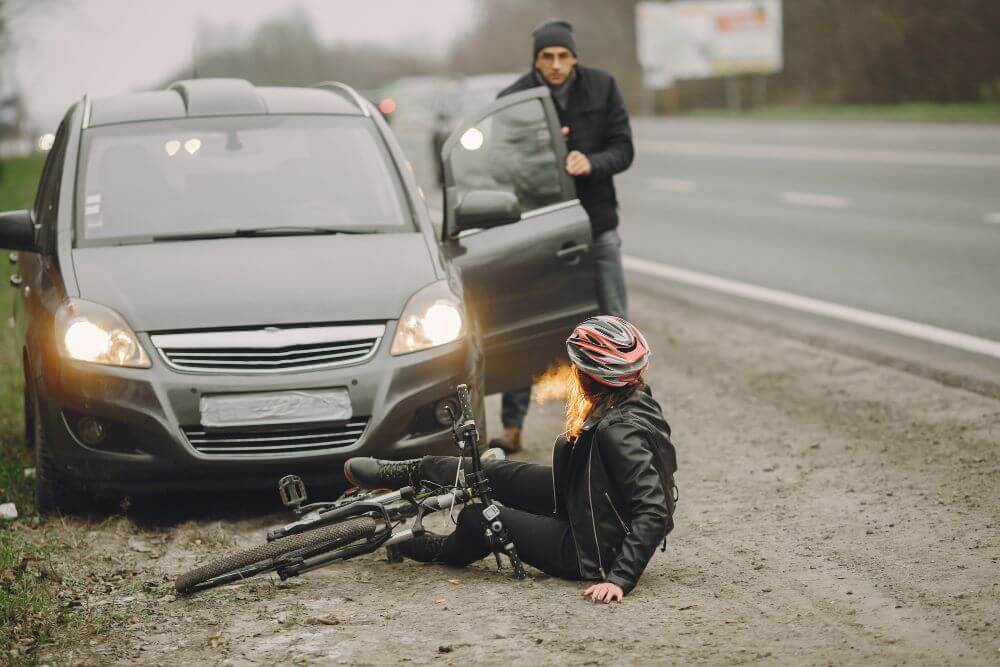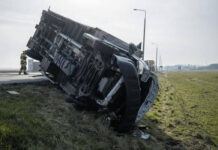There’s something special about riding a motorcycle: the thrill, the freedom, the bond with the road. It is easy to understand why so many people enjoy riding motorcycles, despite the greater vulnerability in a crash.
Beyond the excitement, motorcycling also increases the risk of injuries due to a lack of protective structures and features, like metal cages and car airbags. This article explores how planning can help individuals prepare for injuries from motorcycle accidents.
Defensive Riding
Training in defensive riding equips riders with the skills to anticipate and avoid crashes. Organizations that focus on riders’ safety teach critical skills such as defensive maneuvers, hazard recognition, and evasive handling that significantly improve safety on the road and help minimize an injury from a motorcycle accident. Riders who learn and apply these skills and techniques are better prepared for sudden and dangerous situations.
Beyond technical skills, defensive riding also helps instill confidence and discipline in motorcyclists. It enables riders to stay focused and anticipate what the other road users might do, which can reduce the risk of a collision and a serious crash. Training also helps riders avoid bad riding habits, maintain a safe distance, and avoid unpredictable situations.
Safety Gears and Visibility
After riding a motorbike for some time, riders can feel overly confident with their riding skills and believe they are unlikely to cause an accident. This makes some riders avoid using safety gear. Others do not use the gear due to heat, discomfort, and a desire for freedom. However, many avoid protective gear because they do not know the value of the gear and the protection it offers on the road.
Despite training and safe riding, accidents can happen. However, high-quality, well-fitted protective gear can provide another layer of protection during a crash. Improving visibility with reflectors can prevent accidents and protect riders at night. Proper gear and visibility reduce injury risks while increasing the chance of being seen by other road users.
Immediate Response Essentials
Accidents can happen regardless of how prepared riders are. Therefore, they should also learn what to do immediately after an accident to reduce the consequences. Even a severe injury might be hidden by adrenaline immediately after the accident.
For this reason, riders should take photographs to document the incident and seek medical intervention, even after a minor crash, as this helps create important records for recovery and legal purposes.
Documenting the crash scene and injuries can support accident injury claims. When taking photographs, riders should focus on details like skid marks, weather conditions, road layout, injuries, and damage. The images give a detailed account of events, which can be crucial months later.
Accident Response Plan
Riders who enjoy off-roading and traveling to remote or insecure areas should have a plan for securing the crash scene and administering first aid. They can do this by learning basic CPR and first aid training and carrying a first-aid kit, which can help save other people’s lives while waiting for help. Simple actions like controlling bleeding or stabilizing a spine can help make a significant difference.
Effective emergency communication can also reduce the severity of injuries from motorcycle accidents. People riding to remote places where a cell phone might not have a signal should consider having a satellite device that can direct the first responders to the scene.
Although no one wants to be involved in an accident, having a robust plan for preventing and responding to injuries can help save lives. Therefore, motorcycle riders should stay alert and apply these tips to avoid accidents. They should also be prepared to respond to injuries and safeguard their well-being during a crash.




